As tropical storm seasons bring unpredictable weather and the risk of extended power outages, being prepared is essential for keeping your home safe, secure, and comfortable. In this guide, we’ll discuss why backup power is vital during storms, how to choose the right equipment, and tips for setting up a power plan tailored to your needs.
Why Backup Power Matters in Tropical Storms
Hurricanes and tropical storms often bring heavy rains and high winds, which can disrupt power lines and knock out electricity for hours or even days. A backup power plan is not just about convenience; it’s a necessity to keep essential appliances running, ensure your safety, and prevent costly food spoilage or damage. From refrigerators to light bulbs, knowing how to maintain power to essential items is crucial.
1. Determine Your Essential Power Needs
Start by listing the essential appliances you need to keep running during an outage. These may include:
- Refrigerators about 700 Watts
- Sump pumps about 1,000 Watts
- AC or Furnace about 1,200 Watts
- Medical devices about Watts
- Lighting - Lightbulbs about 100 Watts
- Device chargers - Less than 50 watts
Each appliance has specific power requirements in watts or amps, often noted on a sticker. This helps you choose a backup power solution that can handle your list of essentials without overloading.
2. Choose the Right Backup Equipment
Once you know your power needs, you can select the appropriate backup options.
Generators
Your first line of defense for home backup power is typically a generator. Ensure that it can cover the total wattage of the appliances you want to power. Place generators outdoors to avoid carbon monoxide hazards. For a seamless setup, consider installing an inlet box with a transfer switch. Here’s a breakdown of the available options:
- Inlet Boxes come in 20, 30, and 50 amps, depending on your needs. High-draw appliances like stoves or heaters may require a 30-amp connection, while smaller devices use less power.
ACWORKS offers complete inlet box kits with options like the EP1450Kit for 50-amp service or the EPL1430Kit for 30-amp service. An inlet box setup allows you to power sections of your home through the breaker box, minimizing the need for extension cords running through windows or doors.
Extension Cords and Adapters
If an inlet box isn’t feasible, ensure you have long enough extension cords to connect your generator to indoor appliances. ACWORKS also provides specialized adapters and splitters that convert 30-amp outlets into multiple 15-amp household plugs, maximizing your generator’s output.
3. Battery Backup Options for Short-Term Power
In addition to a generator, a battery backup surge protector can help with critical items like your refrigerator, allowing it to stay cold overnight without needing generator power. Portable battery packs are also great for smaller devices like cell phones, tablets, and laptops, providing peace of mind in the event of prolonged power shortages.
Consider products like Anker’s 3840WH Anker SOLIX which can deliver up to 6000 watts and serve as an alternative power source if your generator is low on fuel.
4. Test and Maintain Your Backup System
Preparing for tropical storms means testing your backup setup regularly to ensure everything works smoothly:
- Fuel Reserve: Keep a sufficient amount of fuel on hand to last for at least a week.
- Regular Maintenance: Check generator oil levels, inspect extension cords, and test battery levels on portable packs.
- Weather Tracking: Stay updated with weather apps or alerts to anticipate power outages and plan accordingly.
Periodic testing and maintenance make sure your system is ready when you need it most, reducing stress when a storm hits.
Ready to Prepare for Tropical Storms?
Investing in a reliable backup power system gives you peace of mind and ensures your home is ready to withstand any unexpected outage. From generators and inlets to extension cords and battery packs, find everything you need at ACWORKS.com.
Stay safe and power up!



![AC WORKS® [EP1450KIT] 50A Emergency Power Kit with SS2-50 Inlet Box](http://acworks.com/cdn/shop/files/EP1450KIT-010-0_e0084c7a-e985-44f5-8194-beb1ba42b38c.jpg?v=1761065313&width=2500)
![AC WORKS® [EPL1430KIT] Generator Emergency Power Kit with L14-30 Inlet Box](http://acworks.com/cdn/shop/files/EPL1430KIT-0_e6d954ff-aecf-4253-9519-15139f8a108c.jpg?v=1722627388&width=2500)
![AC WORKS® [ASINSS2PBX-G] 50A Locking 4-Wire CS6375/ SS2-50 Heavy-Duty Transfer Switch Inlet Box](http://acworks.com/cdn/shop/files/ASINSS2PBX-0_0206b362-7c90-42a5-8754-0685c13dab7e.jpg?v=1758051675&width=2500)
![AC WORKS® [ASL630PBX-G] L6-30 30A 250V 3-Prong Locking Heavy-Duty Industrial Inlet Box](http://acworks.com/cdn/shop/files/ASL1430PBX-0_da9f3fa7-d959-4f28-a0c8-7d0502fc5e28.jpg?v=1758219656&width=2500)
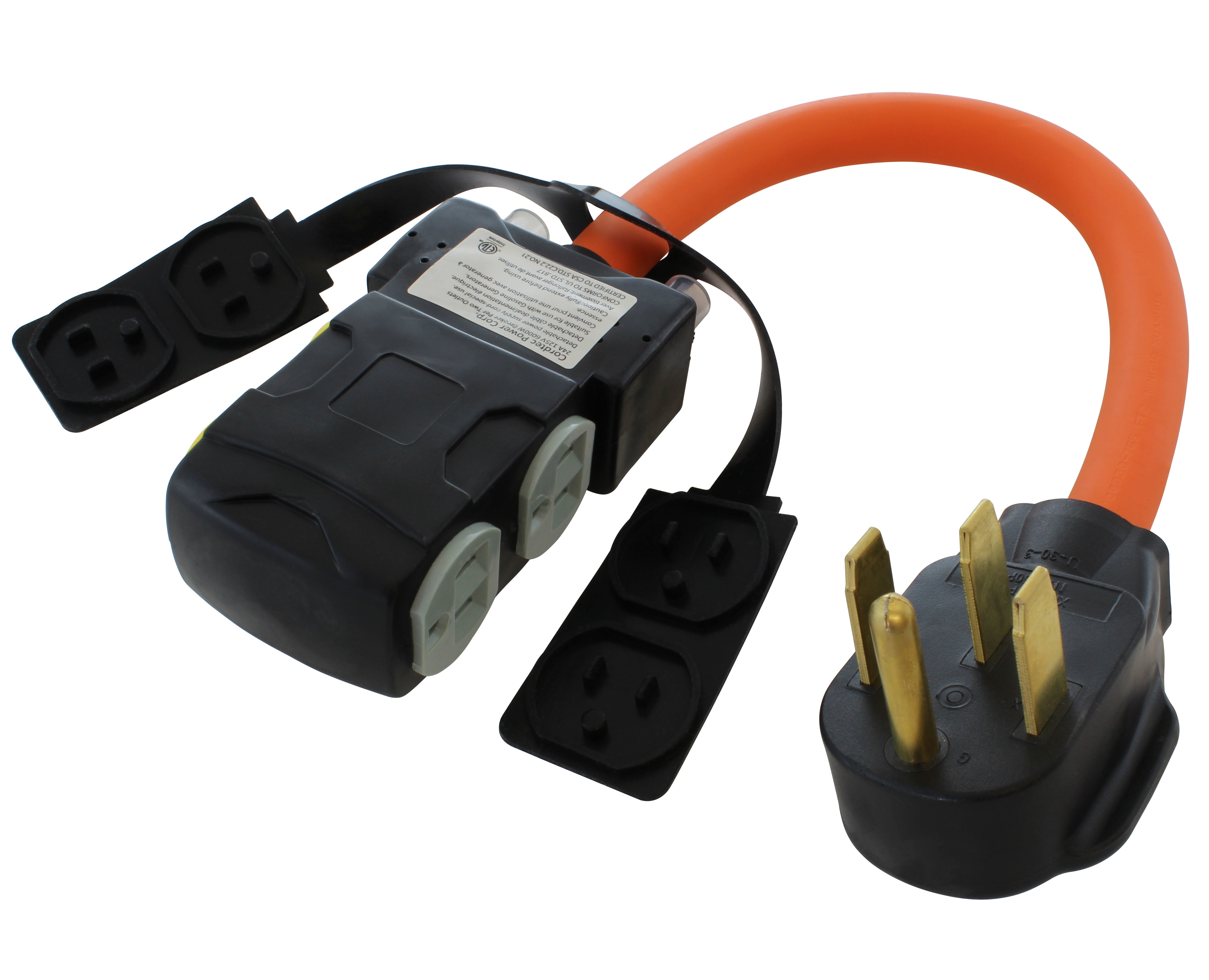

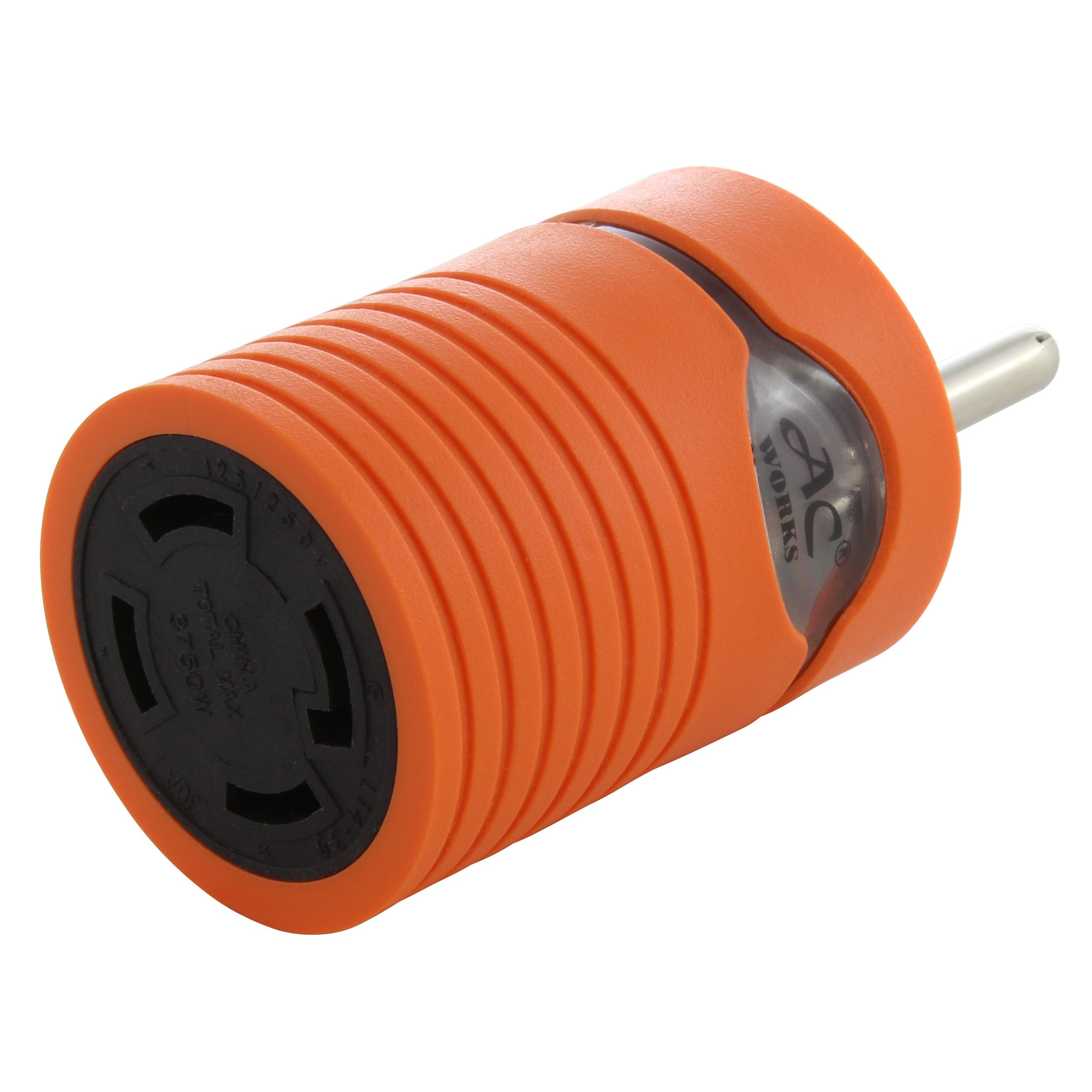
![AC WORKS® [S1430CBF520] 1.5FT 14-30P 4-Prong Dryer Plug to (4) Household Outlets with 24A Breaker](http://acworks.com/cdn/shop/products/S1430CBF520.jpg?v=1666103519&width=4656)
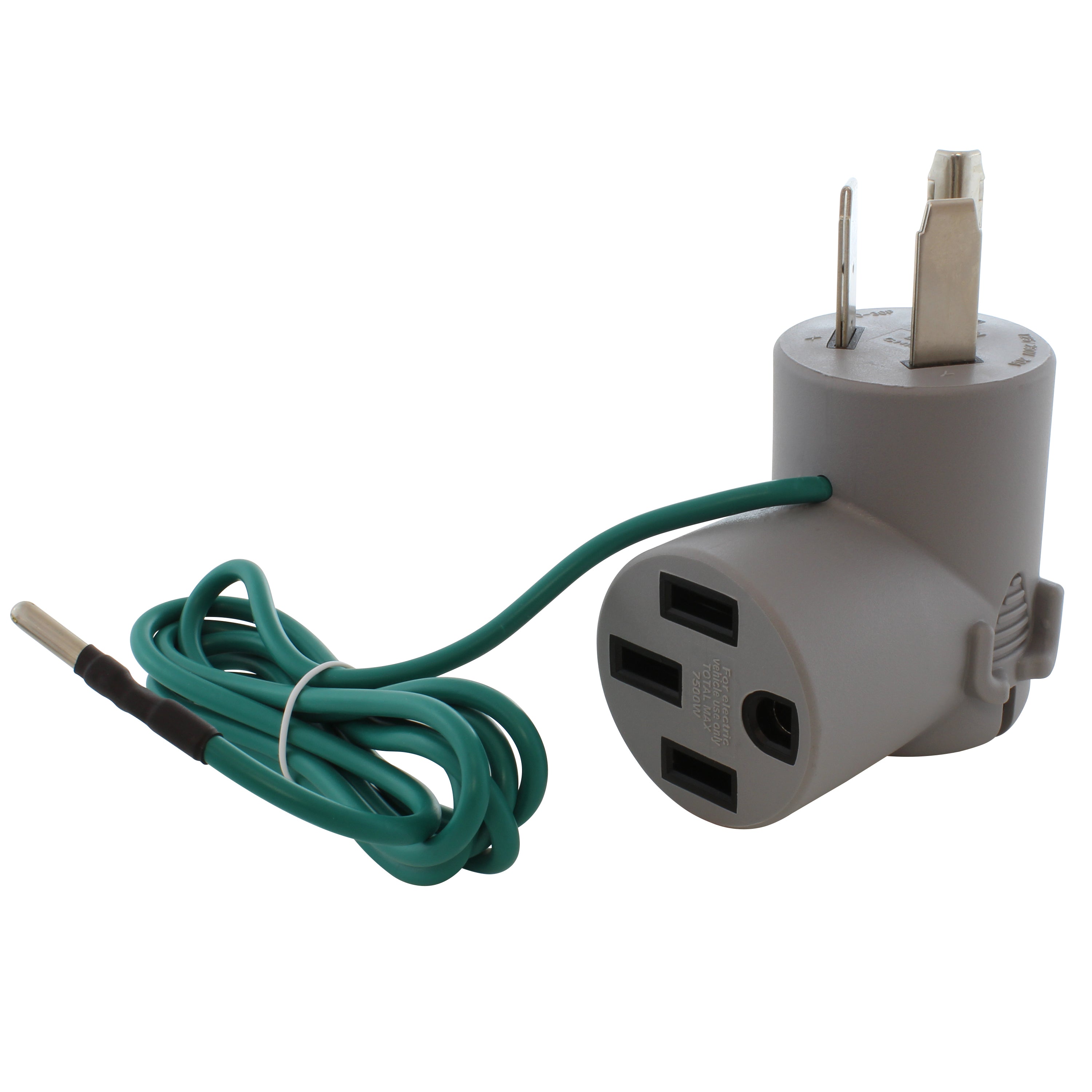
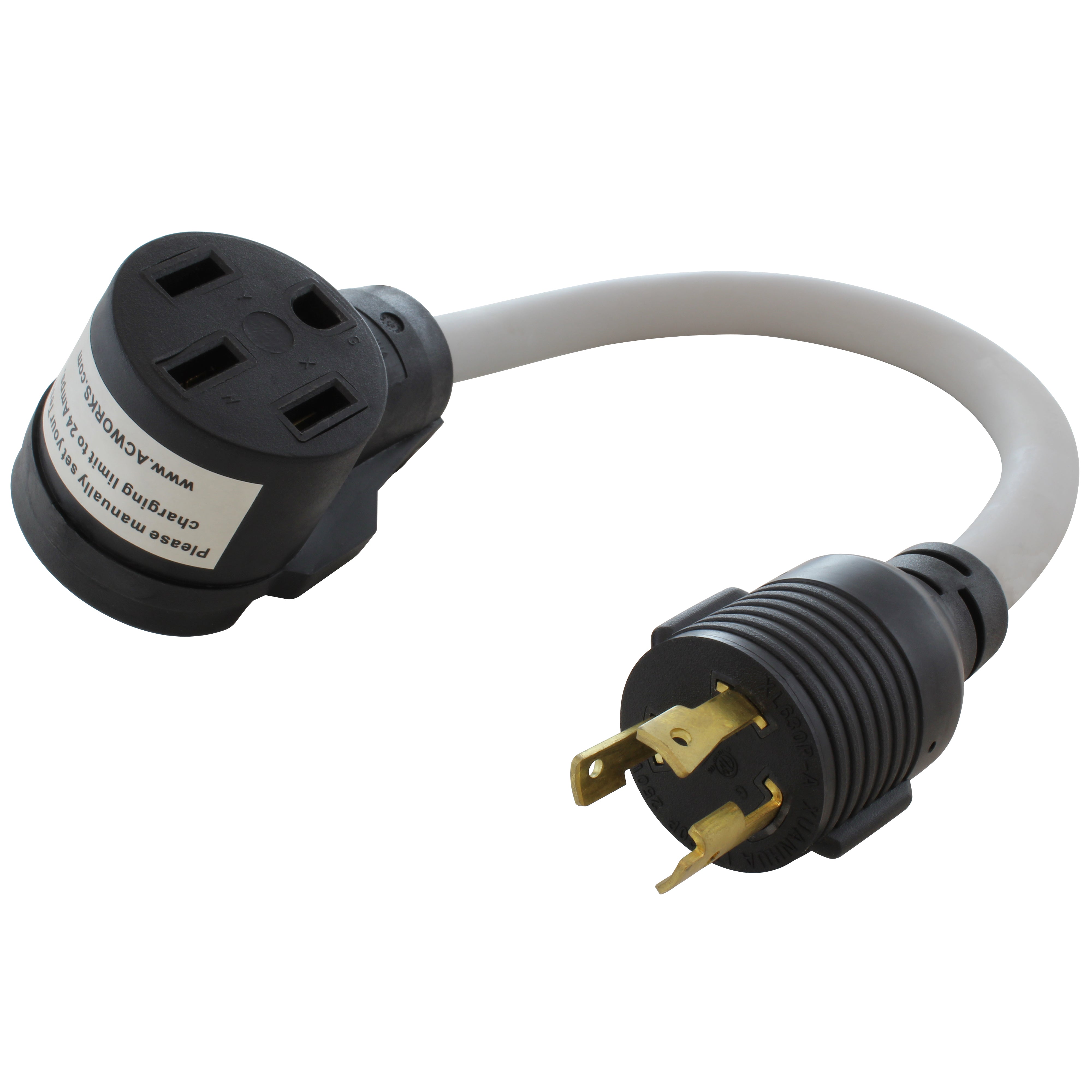
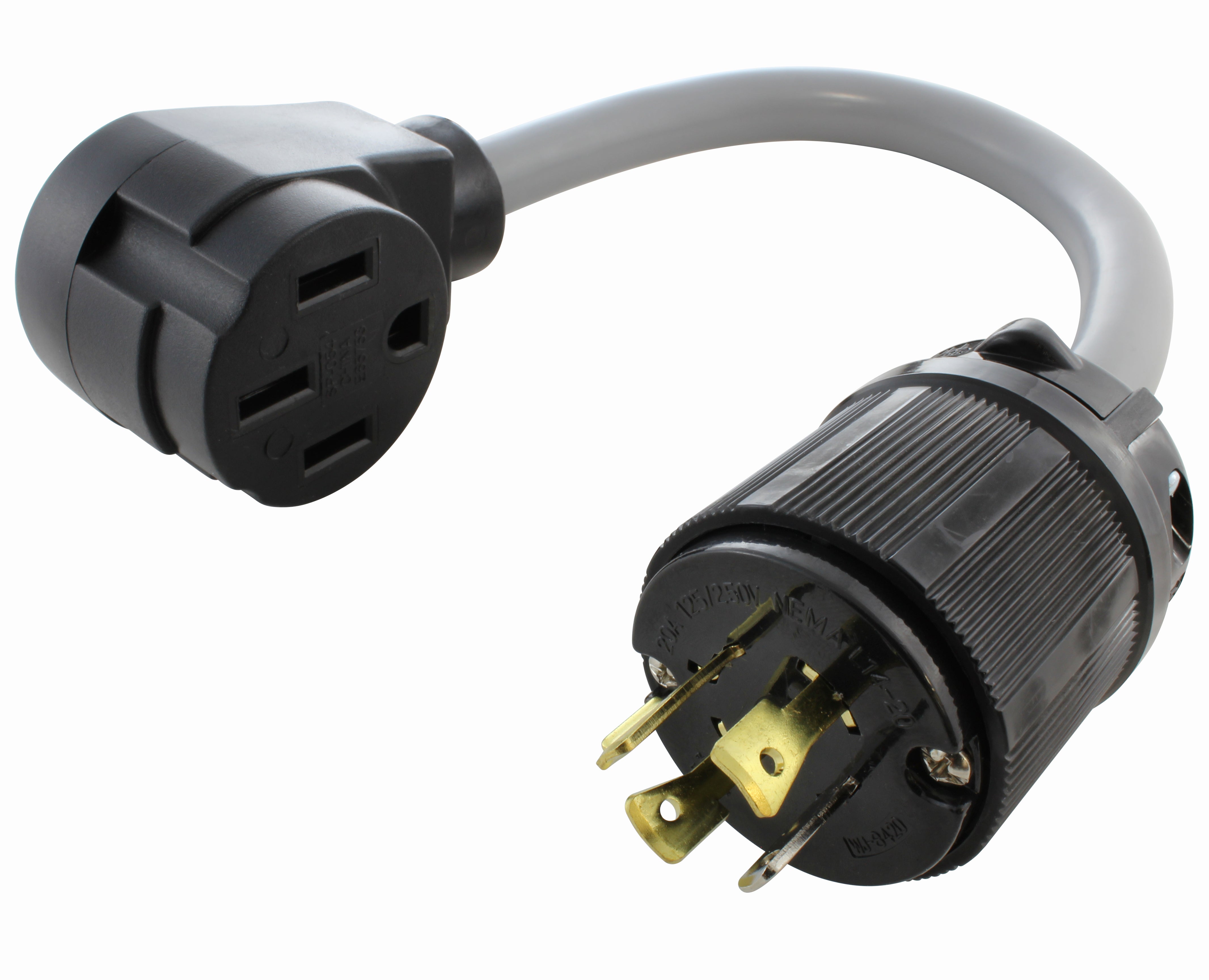

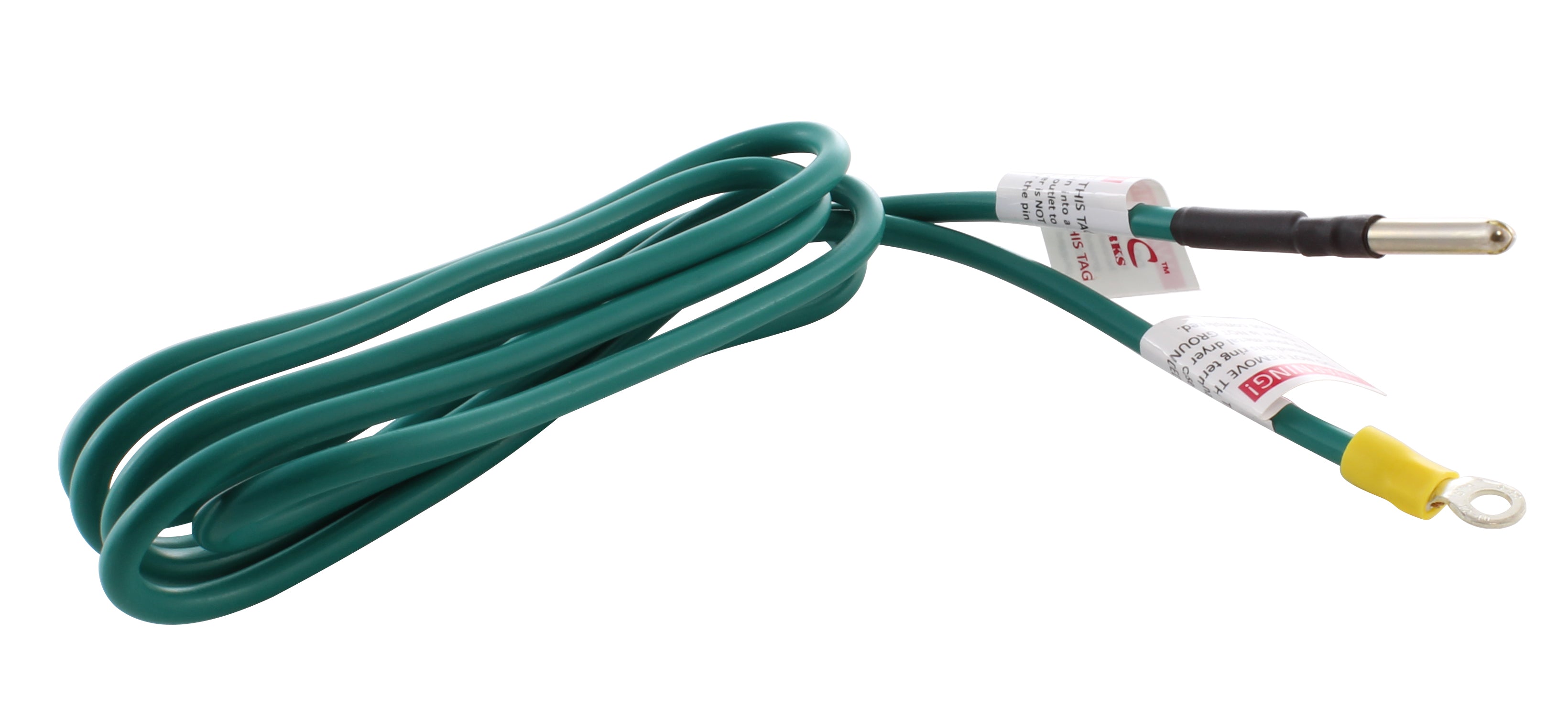

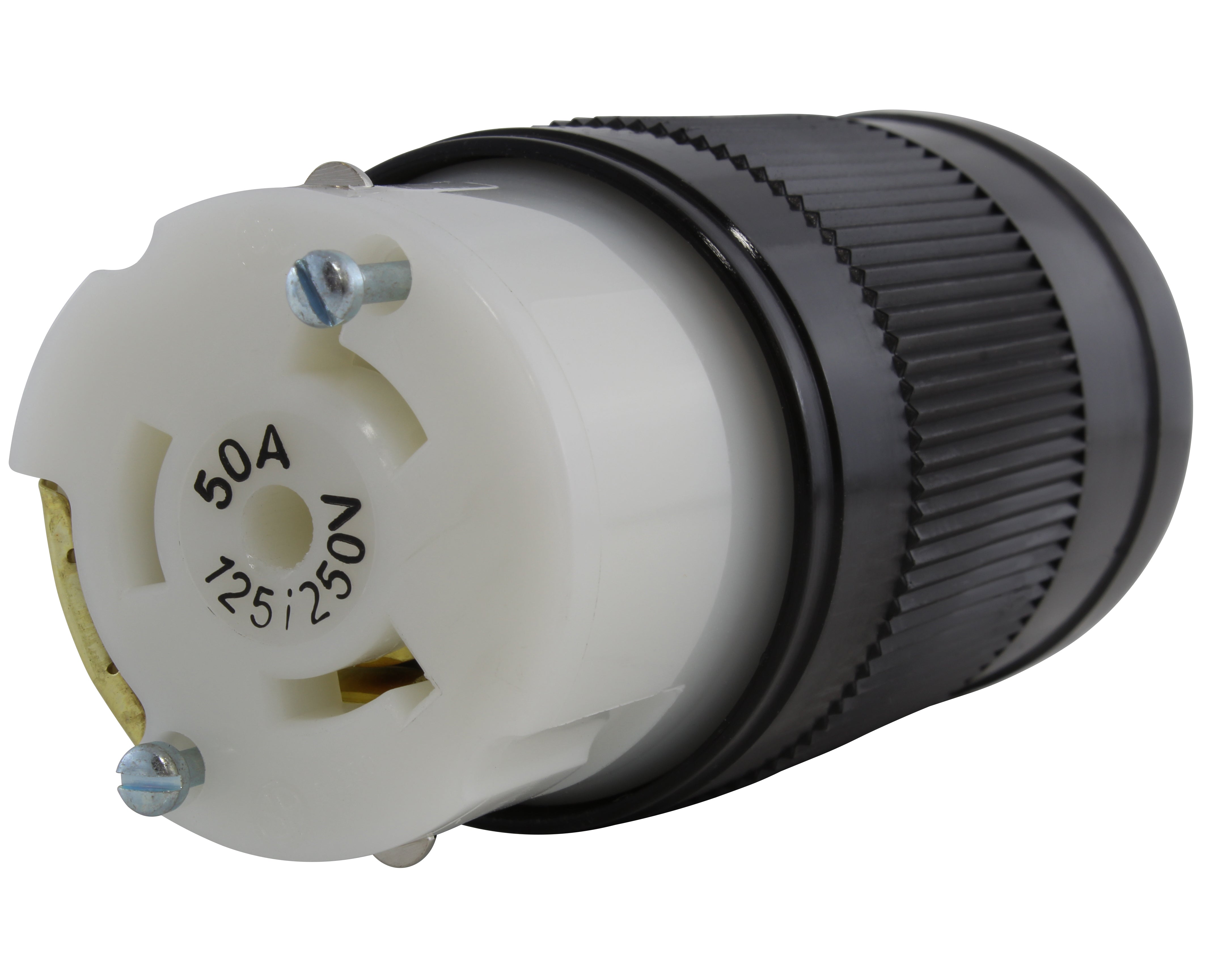


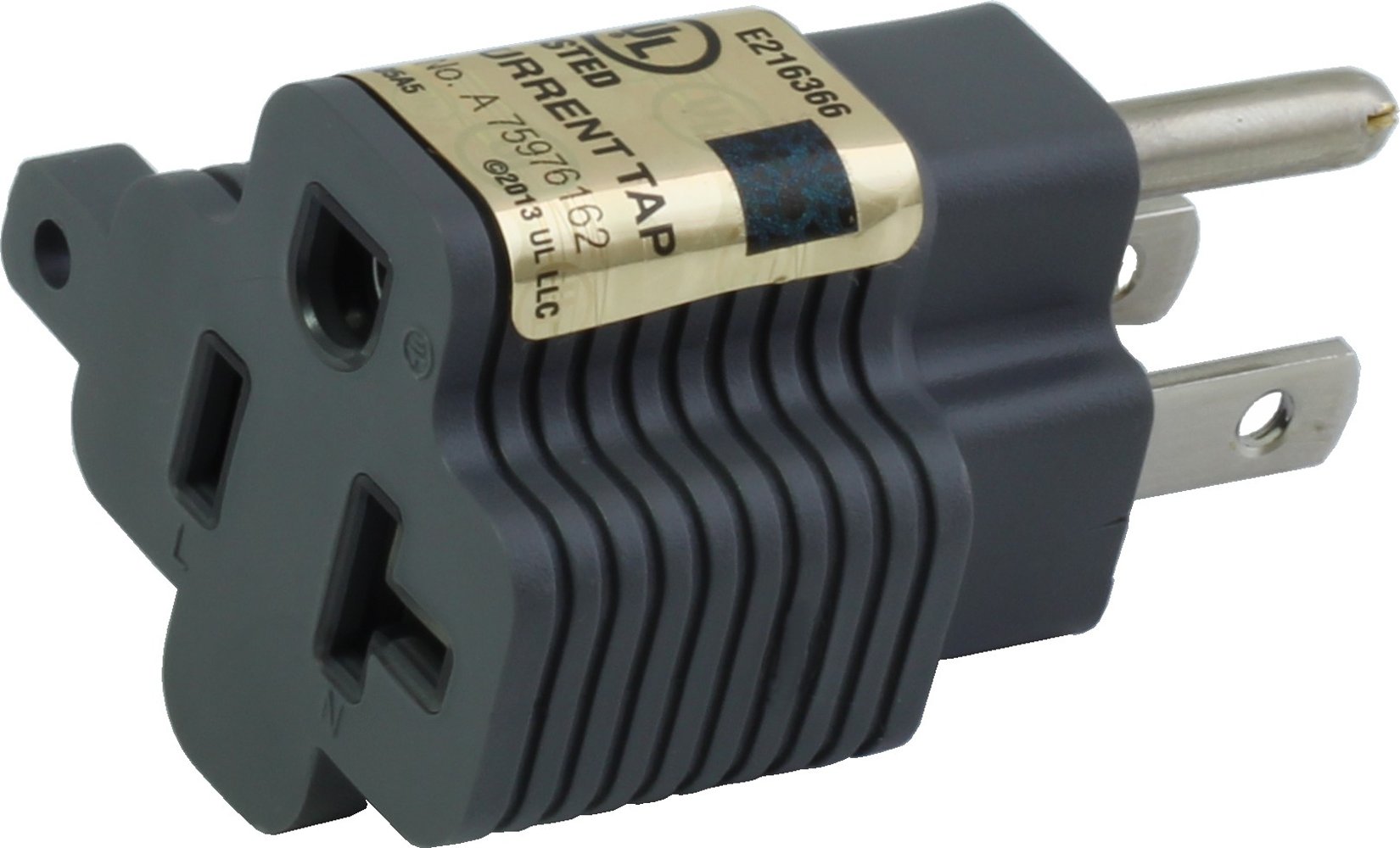
![AC WORKS® [ADV104] 3-Prong Heavy-Duty V-DUO Household Outlet Adapter](http://acworks.com/cdn/shop/products/ADV104-0.jpg?v=1605738768&width=3128)
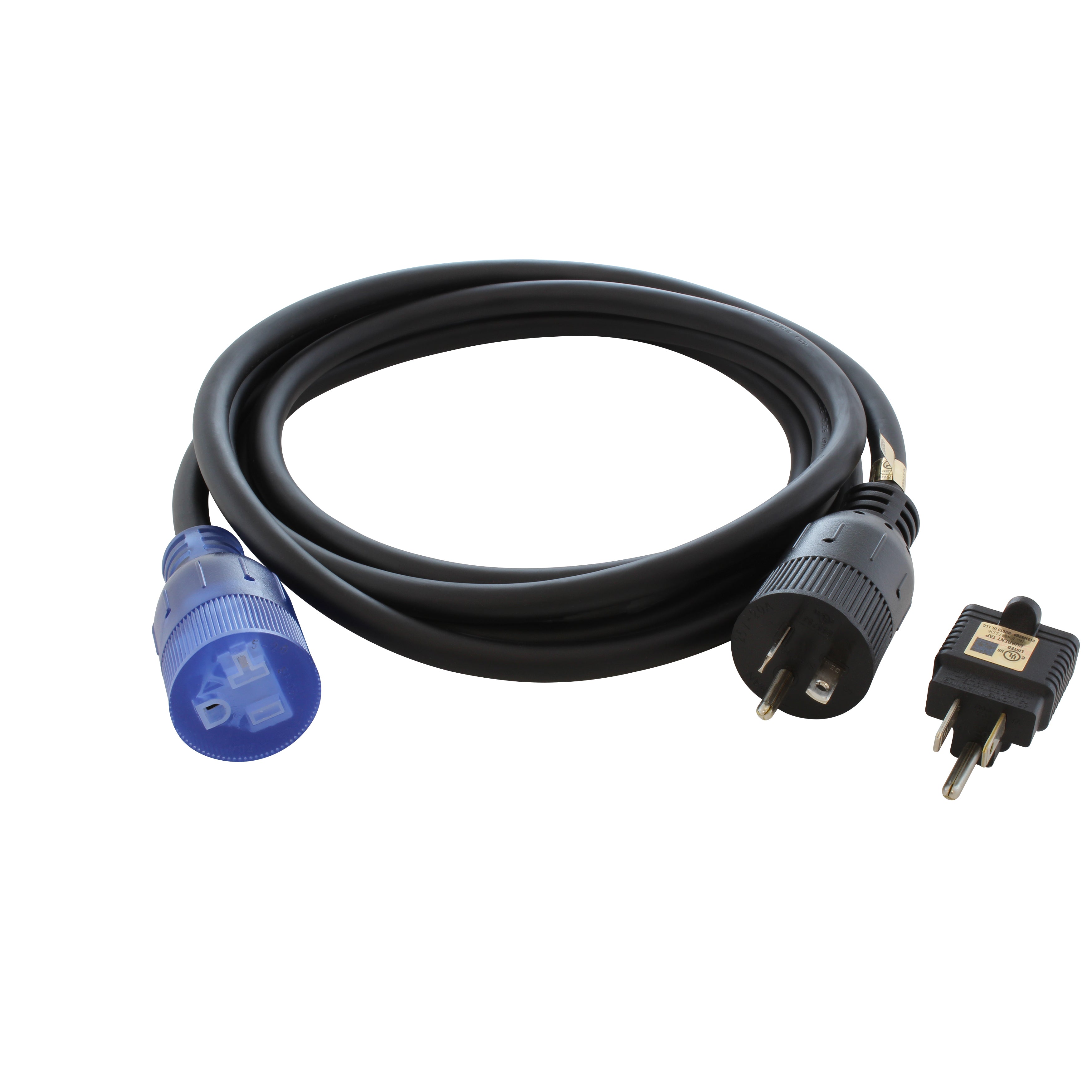
![AC WORKS® [XH515520] 15A to 15/20A 125 Volt Plug Adapter with ETL Safety Approval](http://acworks.com/cdn/shop/files/XH515520-0_daea425a-f439-48df-bb75-052167057f12.jpg?v=1729091519&width=2500)

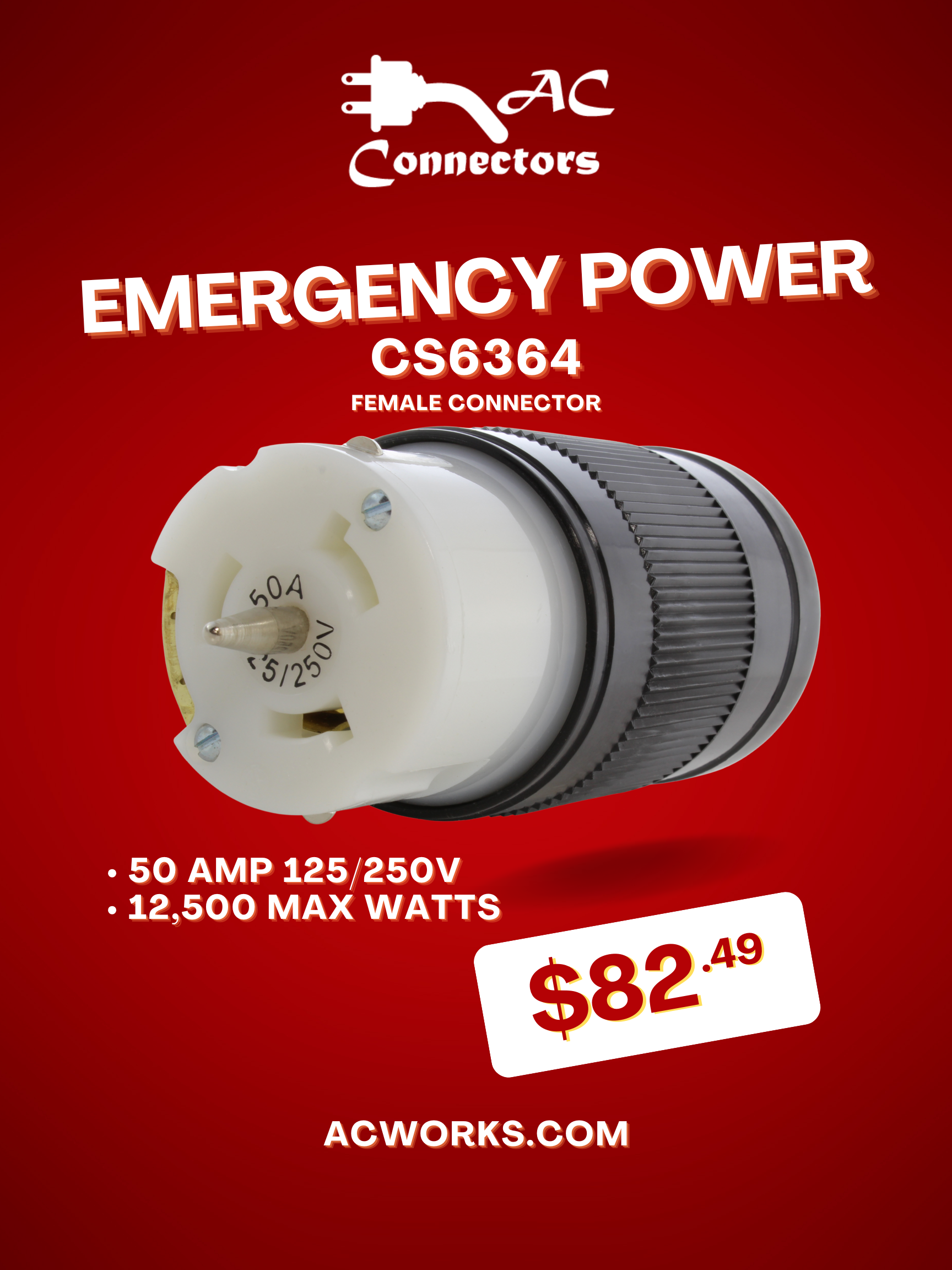

Share:
What It Means to Have an AC Power Solution That WORKS
Understanding 3-Phase Connections: High Power Solutions